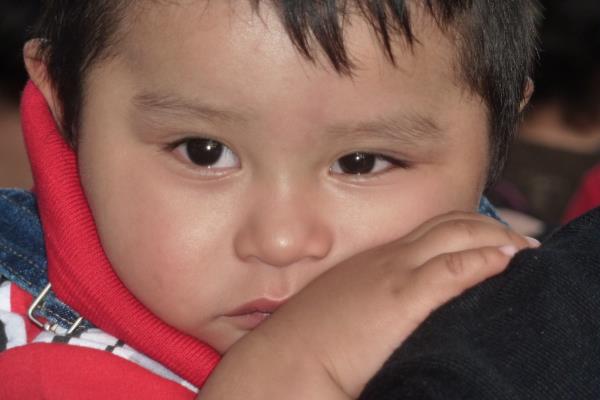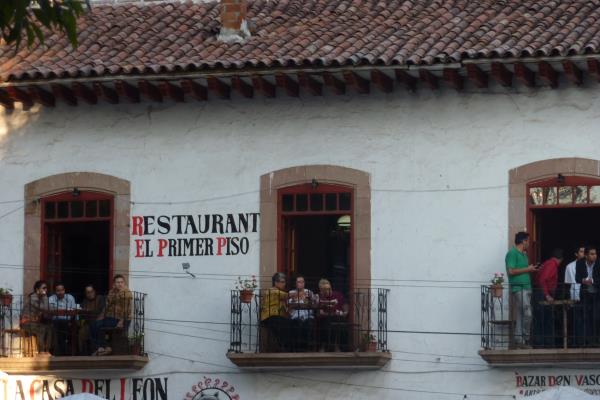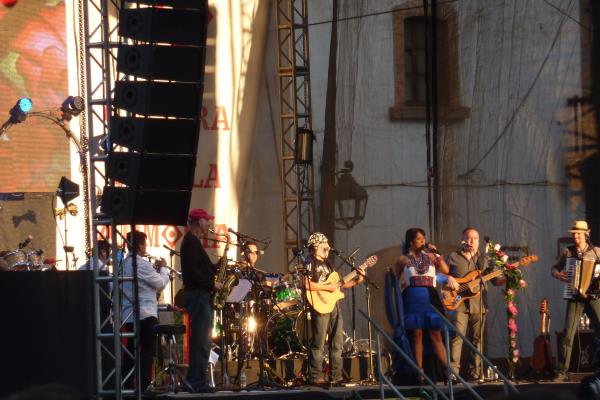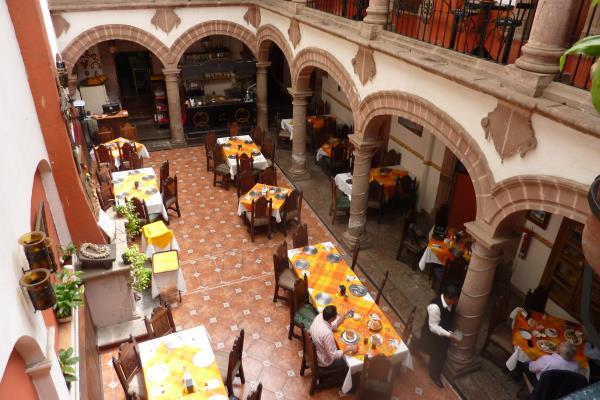I hit the verge and prayed. Maybe I closed my eyes. We all made it. Heart pumping again, palms sweating, I drove on into the afternoon.
I DON’T know what I was thinking when I decided that a Mexican road trip would be a good idea.
Had I forgotten about the roundabout of death in Cabo? Or the hell late night taxi ride from Huatulco to Puerto Escondido?
Apparently I had expunged these horrific memories, because we piled into a white VW Clasico on a hot afternoon at Mexico City Airport with a Google map in front of us and all hell about to break loose.
“You turn right out of the lot, then you turn first left, then right, and you are on your map,” the car rental dude said cheerily.
There were two lefts, a soft and a hard, and it became obvious fairly soon that I had chosen the wrong one. We were trapped on the world’s largest roundabout of death in a city with a population roughly the same as Australia’s.
Road signs came up faster than I could compute while Mexican death drivers came up on me from behind at approximately three times the speed limit of 80 kilometres, flashing their lights at me to get out of their lane.
After an hour of wrong turns and scary moments in slum streets full of mangy dogs and dubious characters, I managed to pull into a service station where the only person who spoke English was a pretty young girl who was either a doctor, or was going to the doctor, now that she had picked up her repaired car.
Our route paralleled hers, so she drew a little mud map of where to go after she had left us, put her hazard lights on and led us bravely into the screaming traffic. I like to think of her as a doctor, saving lives on a daily basis, because she certainly saved ours. Dr Angel, perhaps.
The massive sprawl of the capital (that Mexicans call simply “Mexico” as if there was not much beyond it) finally gave way to a slow climb through dry gulches and rolling hills, the traffic abated and my blood pressure backed off a little, and then suddenly on a stretch of two-lane highway there were two trucks side by side coming towards me.
I hit the verge and prayed. Maybe I closed my eyes. We all made it. Heart pumping again, palms sweating, I drove on into the afternoon.
Imagine my joy to discover that the town of Patzcuaro, recommended for its colonial architecture and lively street markets, was relatively easy to negotiate.
I followed the cobblestone streets to the Centro Historico and an obliging Federale, leaning on his machine gun, directed us to the Hotel Mision San Manuel on the charming Plaza Quiroga. I pulled up in front and enquired about parking. “You can leave your car right there, senor. Maybe you want to lock it up.”
Good advice. Of course you’re not going to leave your car unlocked in a city square in Mexico, but I’d like a peso for every time I’ve been warned by people who’ve never been, or maybe went once many years ago, that if the cartels don’t kill you and sell your body parts to dying rich gringos, then the Federales will lock you up and let you starve until you give them enough money to buy a house.
Maybe I’m just blessed, but apart from the fact that they drive like people who have no regard for the sanctity of human life, I’ve always found Mexicans in general to be among the sweetest, most obliging people on earth.
Erdo, the guest manager, said he had a room for 400 pesos (about $35) signed us in and showed through the atrium restaurant to our room out back. “Careful here, slippery from the cooking grease,” he warned as we negotiated a cobblestone climb past the kitchen and up to our room, a basic but clean and pleasant space, with a little desk by the window where I could write. Erdo handed me a tiny card with numbers on it. “Your wi fi code, senor.”
“You have wi fi?”
“Of course, free but not very good. Don’t try to watch Youtube.”
I told him we’d stay two days, and we went out into the colonnaded square, bathed in late afternoon sun, with thousands of people clustered around a huge stage at the opposite end of the park.
We sat down at a table in the shade of the row of hotels and restaurants and ordered Modelo beers and tequila shots. We discovered that this was a public holiday, that Patzcuaro was in the middle of a two-week cultural fiesta, and that Lila Downs, one of Mexico’s biggest singing stars, was about to perform a free concert. Bueno!
We downed our drinks, picked up some slushy margaritas from the take-out bar on the corner, and edged closer to the stage.
Families had spread out sunset picnics on the grass, and every tiny balcony overlooking the square was packed with revellers. When Ana Lila Downs Sanchez hit the stage, the place erupted.
She was forty-something, feisty and fabulous – great voice, great band. Suddenly the perils of the road seemed like someone else’s nightmare.










